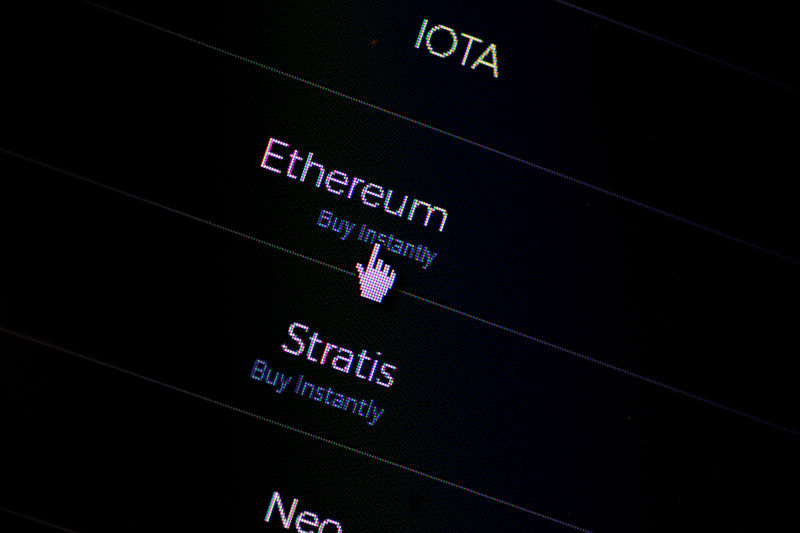- Ethereum co-founder explores the possibility of expanding Ethereum’s core protocol.
- A core developer argued ETH’s minimalism may not meet evolving user needs.
- The Ethereum community grapples with the balance between simplicity and innovation in its blockchain platform.
In a presentation, Ethereum co-founder Vitalik Buterin delved into a fundamental question facing the Ethereum community. The question is about Ethereum embracing a more extensive integration of features within its core protocol.
Should Ethereum be okay with enshrining more things in the protocol?https://t.co/7F7yOLBoUr— vitalik.eth (@VitalikButerin) September 30, 2023
Buterin highlighted that Ethereum has adhered to a philosophy of simplicity, striving to keep the core Ethereum protocol as minimalistic as possible, focusing on building essential functionalities as separate protocols layered on top.
On the other hand, he mentioned that the community debates about “do it on Layer 1 (L1)” versus “focus on Layer 2 (L2) solutions” are frequently associated with scaling issues. Yet, Buterin pointed out that similar considerations extend to fulfilling various needs of Ethereum users. He stated it encompassed aspects such as digital asset exchange, privacy, usernames, advanced cryptography, account security, censorship resistance, and frontrunning protection.
Furthermore, he mentioned a growing interest in the Ethereum community regarding possibly incorporating more of these features directly into the core Ethereum protocol. Buterin’s lecture aimed to elucidate the philosophical underpinnings of Ethereum’s original minimalistic approach while exploring evolving perspectives on these ideas. The overarching objective is to lay the groundwork for identifying potential areas where integrating specific features into the protocol may warrant serious consideration.
Robert Sasu, a core developer at MultiversX, weighed in on the ongoing debate about Ethereum’s protocol minimalism. He expressed a perspective that challenges the notion of adhering to minimalism in the face of evolving technological demands.
Sasu remarked, “The philosophy of minimalism does not really stand up to the ongoing changes and demands of the world.” He commended Ethereum’s achievement in introducing a Virtual Machine (VM) on top of the blockchain, which enabled programmability and empowered developers to create various products and applications.
However, Sasu emphasized the dynamic nature of the software world, where innovation never ceases. He noted that new standards emerge, offering faster, more secure, and scalable solutions alongside the user base expanding, leading to increasingly diverse needs.
Sasu drew a parallel between Ethereum’s original minimalistic philosophy and the experiences of companies like Kodak and Nokia, which failed to adapt to changing technological landscapes and faced setbacks.
The post Ethereum at a Crossroads: Should the Protocol Embrace More Features? appeared first on Coin Edition.
